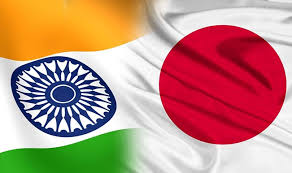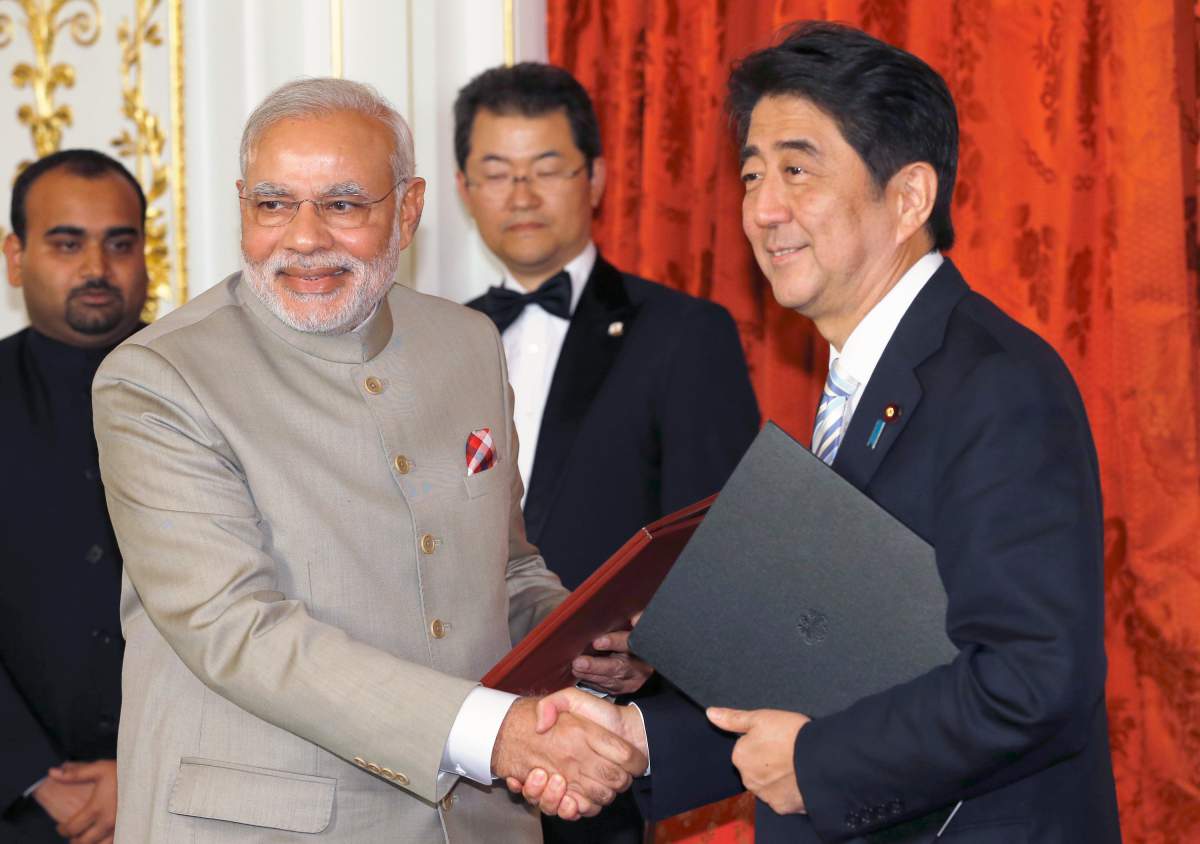
Ahead of the much-talked about Japan India Industry Promotion Association’s (JIIPA) three-day day long ‘India Trends Fair - 2015’ in Tokyo to be held from July 15 to 17, Vijay Mathur, Additional Secretary General of Apparel Export Promotion Council (AEPC), says “I think Japan is serious about India. They feel India has become an important partner but the results can be seen only after a decade or so. By that time, India may be a significant supplier to Japan. Right now, our share in Japanese garment imports is 0.9 per cent.”
He further added that it will take time to make Japanese turn away from China. Japan and China have strong apparel relations. Japan has invested in China over the last 40 years and it’s only now that Japan has started coming to India. Popular Japanese brand like Uniqlo is interested in opening stores in India and many more are willing to follow. “I feel we should grow since we have a FTA in place but it will take time as Japanese take time to decide on business,” he points out.
Apparel market in Asia
Giving an insight on the Asian apparel market, Mathur says, “Manufacturers in Cambodia and Bangladesh can give brands a better price compared to India. Our inflation rate is at six percent, so our cost of production goes up by that much. But the buyer is not ready to increase prices. So each year we become uncompetitive. We can overcome this by increasing productivity and adding services to sales. We can get a better price through our designs, by satisfying buyers, quick delivery. For buyers the bottomline is the price,”
Stressing on the need to increase production capacity, Mathru says while the entire textile value chain in India works in three shifts. But garment manufacturing has just one and a half shift. “We work for 10 hours but there is no night shift. Adding another shift will mean 40 per cent more production. We don’t have to add capacity. It will take away the problem of overtime since everyone will work for eight hours only,” Mathur suggested.
“Make in India is already a part of the garment industry. We are manufacturing in India. We are the largest employment provider after agriculture. We enhance skills through ATDCs and AIMs. We have 200 ATDCs. It won’t be tough for us to acquire a significant share of the Japanese market,” Mathur sums up.












